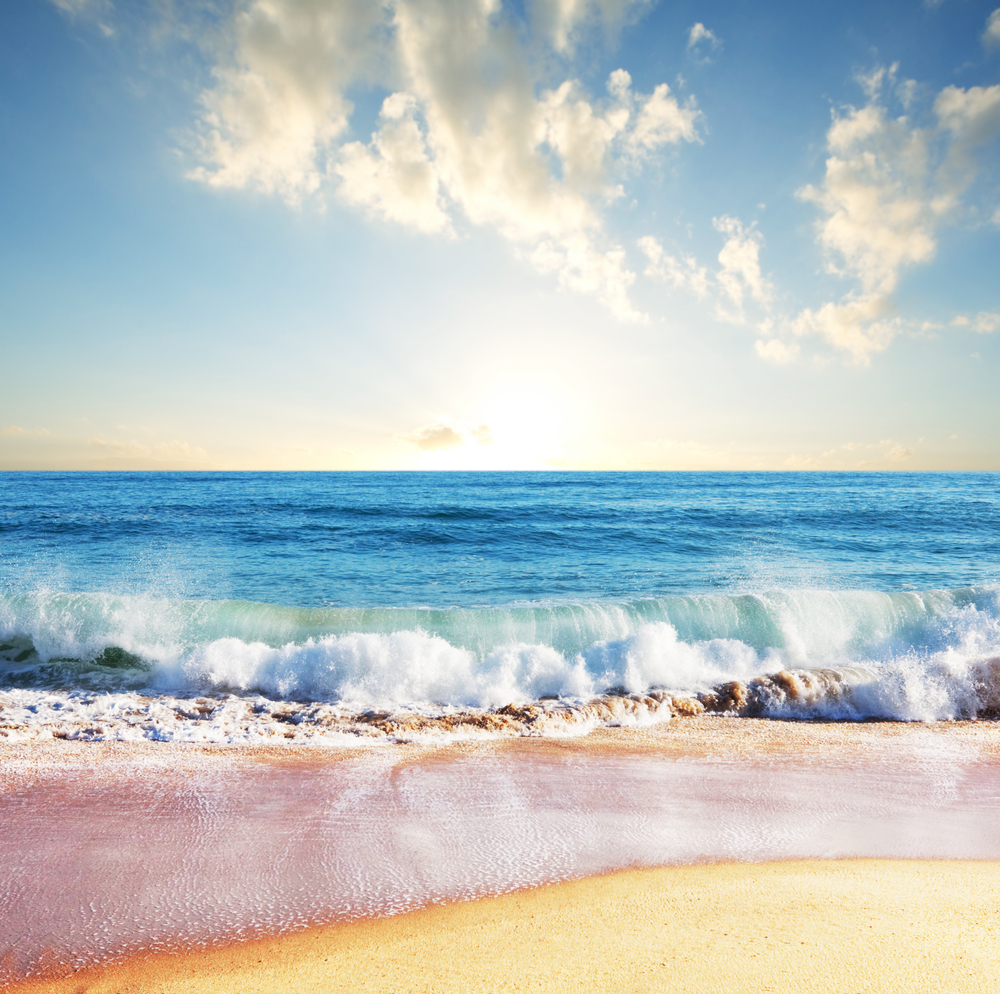Mighty or Gentle, Ocean Waves Are All OneType


Watching storm waves crash ashore, it's obvious these monsters are taller than the waves that lap the beach on a calm, sunny day.
This seemingly clear dichotomy led geologists to assume that there were two types of waves stirring up the shallow seafloor: small fair-weather waves and big storm waves. Now, this decades-old theory has been turned on its head by two geologists at the University of Wisconsin, Madison, who, in the process of studying waves, discovered a large size discrepancy between waves in different oceans.
Understanding the size of waves has implications for understanding the signatures they leave in sedimentary rocks, which scientists use to help understand life on the early Earth. Because scientists had thought that storm waves were bigger, they also thought they touched the seafloor more deeply than regular waves. But the new research says storm waves and regular waves are just as likely to hit bottom at the same place.
One wave size
Paleobiologist Shanan Peters specializes in understanding ancient environments by interpreting structures preserved in sedimentary rocks. For example, storm waves churn up sand, leaving a characteristic pattern called, in scientific parlance, hummocky cross-stratification. Geologists who have found this pattern have thought the ancient rocks formed in deeper water, because they thought storm waves were bigger than fair-weather waves. [Album: Monster Waves]
But after analyzing 12 years of buoy records from the Gulf of Mexico, the Caribbean and the western Atlantic —more than 2.3 million waves in all —Peters and undergraduate Dylan Loss saw no evidence for two distinct wave types. Each buoy recorded many wave sizes, but over time, wave size centered on only one distinct type, not two.
"The mental picture you get by saying fair waves are small and storm waves are big is not correct,"Peters told OurAmazingPlanet.
Get the world’s most fascinating discoveries delivered straight to your inbox.
The results mean geologists need to revise their theory, Peters said, adding there is no longer evidenceto divide the seafloor environment by how deep waves can reach. "We need to stop thinking about these structures in terms of depth and size of the waves, but rather in a slightly more nuanced way of how they get preserved in sedimentary rocks."
Different waves in different oceans
To their surprise, the researchers also discovered oceans have a characteristic wave size. In the protected waters of the Gulf of Mexico and Caribbean, the average wavelength, or distance between wave crests, was about 230 feet (70 meters). In the open ocean of the western Atlantic, the average wavelength was about 394 feet (120 m).
Michal Kowalewski, a geobiologist at Virginia Tech, said the study was an innovative way to demonstrate that waves have a unimodal distribution in the modern ocean. "This flies in the face of a prevalent view that wavelengths cluster around two modes, fairweather and stormweather,"said Kowalewski, who was not involved in the research.
The massive dataset on wave heights will also help geologists better interpret whether sedimentary rocks formed in an open ocean or a sheltered continental shelf, Peters said – information that affects our understanding of how life evolved on Earth.
"We use the sedimentary textures in sand grains to tell us something about water depth, sunlight penetration, temperature and salinity; important things that life cares about,"Peters said.
The research was published online April 10 in the journal Geology and will appear in an upcoming print issue.
This story was provided by OurAmazingPlanet, a sister site to LiveScience.



